Performing arts organizations such as symphony orchestras strive to captivate and connect with diverse audiences. In a rapidly evolving cultural landscape, understanding audience preferences and delivering exceptional experiences is paramount. In a recent discussion, we explored three key points that resonate strongly with symphony orchestra administrators. Let's dive into them:
Enhanced Audience Understanding
Symphony orchestras must tailor their programming, marketing campaigns, and outreach initiatives to their audience's preferences. Data analytics provides valuable insights into demographics, preferences, and behaviors, enabling orchestras to create personalized experiences that resonate. By leveraging this understanding, orchestras can build stronger connections, attract new audiences, and foster loyalty among existing patrons. Some actionable ideas for consideration are:
Implement audience surveys or feedback mechanisms to gather data on preferences, interests, and satisfaction levels.
Utilize customer relationship management (CRM) systems to centralize and analyze audience data, segmenting the audience based on demographics, ticket purchases, and engagement levels.
Conduct market research and analysis to identify audience trends, preferences, and potential target segments.
Collaborate with data analytics professionals or consultants to conduct advanced data analysis and generate actionable insights.
Regularly review and update audience personas to ensure they reflect the evolving audience landscape.
Improved Campaign Performance
Marketing efforts play a crucial role in promoting concerts and events. Data analytics allows symphony orchestras to track campaign performance in real-time. By measuring ticket sales, conversion rates, and customer acquisition costs, orchestras can optimize their marketing strategies and allocate resources efficiently. This data-driven approach leads to improved ticket sales and increased audience engagement. Some actionable ideas for consideration are:
Set up tracking mechanisms such as UTM codes, conversion pixels, or unique URLs to measure the performance of different marketing channels, campaigns, and promotional materials.
Utilize A/B testing to experiment with different messaging, visuals, and calls-to-action, to identify the most effective approaches.
Implement marketing automation tools to streamline campaign execution, monitor performance, and automate personalized communication with audiences.
Conduct post-campaign analysis to evaluate the success of marketing initiatives, identifying strengths and areas for improvement.
Continuously optimize campaigns based on data insights, reallocating resources to the most successful channels and refining messaging based on audience responses.
Personalized Customer Experiences
Creating memorable experiences is at the heart of symphony orchestras. Data analytics plays a pivotal role in delivering personalized customer experiences. By leveraging data on ticket purchases, attendance history, and patron preferences, orchestras can tailor concert recommendations, targeted offers, and relevant content to individual patrons. This level of personalization enhances audience engagement, strengthens the orchestra's bond with its patrons, and encourages repeat attendance. Some actionable ideas for consideration are:
Implement a robust customer data collection system that captures relevant information during ticket purchases, subscriptions, or online interactions.
Leverage data analytics to identify customer segments and develop tailored marketing campaigns, concert recommendations, and promotional offers.
Create personalized email marketing campaigns with dynamic content that speaks directly to individual patrons' interests and past concert attendance.
Utilize targeted advertising on digital platforms, such as social media, to reach specific audience segments with personalized messages.
Consider implementing loyalty programs that reward patrons for their engagement and attendance, utilizing data insights to deliver exclusive benefits and experiences.
In a dynamic cultural landscape, symphony orchestras face the challenge of attracting and retaining diverse audiences. By leveraging data analytics to understand their audience, optimize marketing efforts, and deliver personalized experiences, orchestras can forge stronger connections with their community, foster audience loyalty, and ensure long-term sustainability.
Let's harness the power of data analytics to elevate the symphony orchestra experience and create lasting impressions. Together, we can bring the timeless beauty of classical music to a wider audience, nurturing appreciation for this cherished art form.
#SymphonyOrchestra #AudienceEngagement #DataAnalytics #PerformingArts #ClassicalMusic
